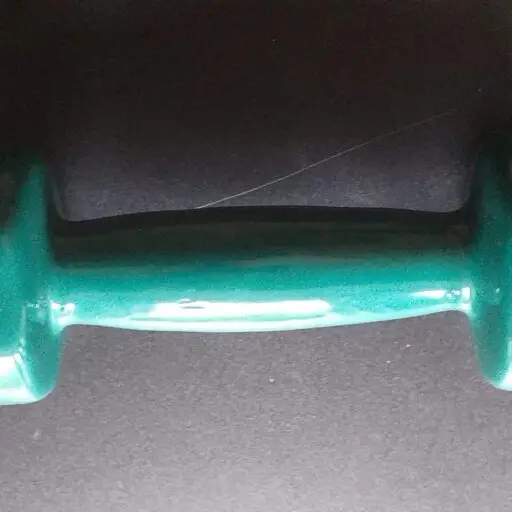All about the Lateral Dumbbell Raise
(Shoulders)
BENEFITS & MUSCLES WORKED: Shoulders, Upper Back, Traps
START POSITION: Clasp hold of 2 (light) dumbbells and rest them in front of you at arm’s length. Use a Pronated grip. The Dumbbells should be resting on the top front of your thighs. Take a wide stance with feet wider than Shoulder-width and toes pointing slightly outwards. Bend the knees and lean back on your heels. Ready to start,
NOTES: Difficulty Rating: 65%
To perform this exercise correctly and achieve optimum form, it is essential to maintain a stable core.
There are several commonly used varieties of the Lateral Dumbbell Raise, but the one I choose to do places emphasis on Stability, Balance, and Symmetry. This is achieved by adjusting your stance so that there’s a good bend in the knees and your body weight is leaning backward on your heels—notice also the wide foot stance with toes pointing outward (reminiscent of the Sumo Squat).
I sometimes give my chosen exercises less formal names to help me remember them – this one I refer to as the ‘Gorilla’.
As with all the exercises I teach, it’s imperative to get the breathing right and to pause in the right places to maximise muscle engagement. The top pause is crucial for Lateral Raises. Keep your core rigid, aiming to move only your arms from the Shoulders and maintain a good symmetrical bend in both elbows. Do not allow yourself to rock and sway back and forth – I see many people doing this, and quite simply, it’s cheating and pointless.
The Golden Rule is: If you can’t maintain perfect form for several reps, lower the weights.
Keep your ego in check. Breathe in before you commence the first lift, and then out as you lift the dumbbells. Start to breathe in again as soon as you begin to lower them back down.
Keep looking straight ahead and try to minimize head and neck movements.


